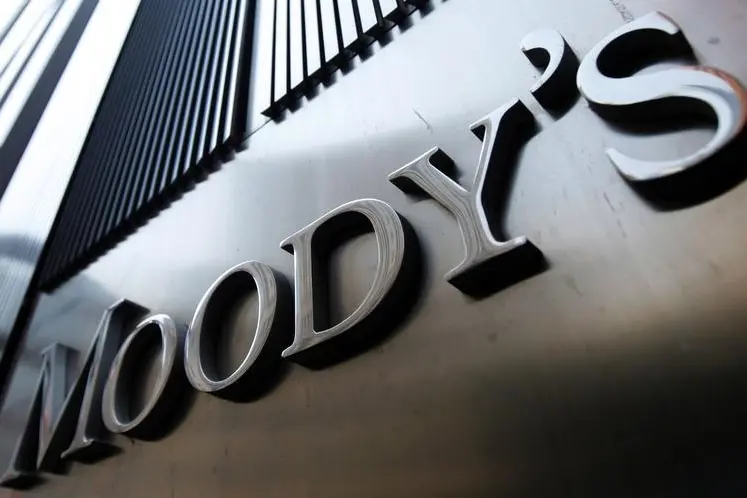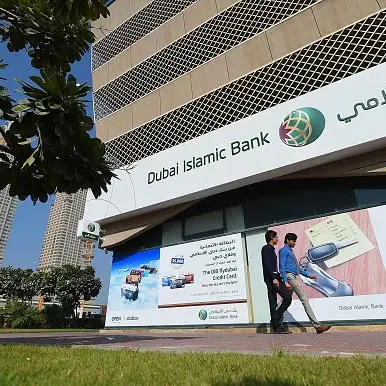PHOTO
Thursday, May 25, 2017
Dubai: Ratings agency Moody’s on Thursday changed the rating outlook on the Government of Abu Dhabi to stable from negative. The long and short-term issuer ratings have been affirmed at Aa2/P-1.
The key drivers of the outlook change to stable are an effective and broad policy response to the lower oil price environment via an acceleration in the reform agenda; the economy’s growth prospects, supported by a healthy banking system and an easing of contingent liability risk.
As part of Thursday’s rating action, Moody’s has also affirmed the senior unsecured bond rating at Aa2 and the long-term and short-term MTN programme ratings at (P) Aa2 and (P) P-1, respectively.
The weaker oil price and its impact on government finances and the economy has prompted a substantial acceleration in reforms containing fiscal pressures and supportive of the emirate’s diversification strategy.
The authorities have enacted broad subsidy reforms and expenditure cuts. Fuel, electricity and water prices were increased more rapidly and effectively than in other Gulf Cooperation Council (GCC) countries. Together with these reforms, reductions in capital expenditures and transfers allowed Abu Dhabi’s government spending to shrink by 23 per cent over two years.
Further progress has also been made in diversifying revenue. Moody’s believes that the UAE is better prepared than its GCC neighbours to implement a new value-added tax in 2018. In addition, a new municipal fee on rental contracts of the expatriate population has been levied, and the authorities are reportedly considering the introduction of a corporate income tax.
During the up-phase of the commodity cycle, the Abu Dhabi government had already taken active measures to reduce the economy’s sensitivity to oil price shocks by sponsoring major infrastructure projects, fostering a conducive business environment and distributing resources to government-related entities to invest at home and abroad.
As a result of the reform programme and stabilising oil prices, Moody’s expects Abu Dhabi’s fiscal deficit to come down to 2 per cent of GDP in 2017 and 0.3 per cent of GDP in 2018.
Moody’s expects the emirate government’s debt burden is likely to reflect these declining deficits and stabilise at very low levels, below 8 per cent of GDP by 2018.
The rating agency considers that the emirate’s fiscal buffers have not been materially impacted by the recent deficits and, with sovereign-wealth fund assets estimated at more than 200 per cent of GDP, those buffers continue to provide ample shock absorption capacity.
In Moody’s view, the move by the emirate to multi-year fiscal plans marks a significant institutional improvement because it reinforces the predictability of fiscal policy, with the authorities currently targeting a balanced budget by 2022 based on their definition which excludes sovereign-wealth fund transactions. In addition, a new risk management strategy ensures that the emirate contains liquidity risks related to the public debt’s maturity structure, while increased cooperation between the department of finance, sovereign wealth funds and the UAE Central Bank ensures that ample liquidity covers the government’s financing needs.
Staff Report
Gulf News 2017. All rights reserved.












